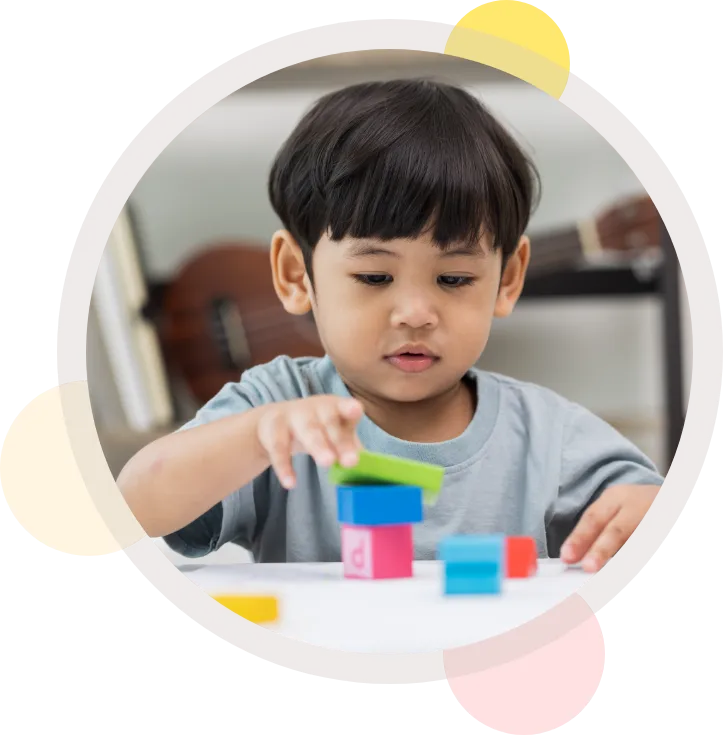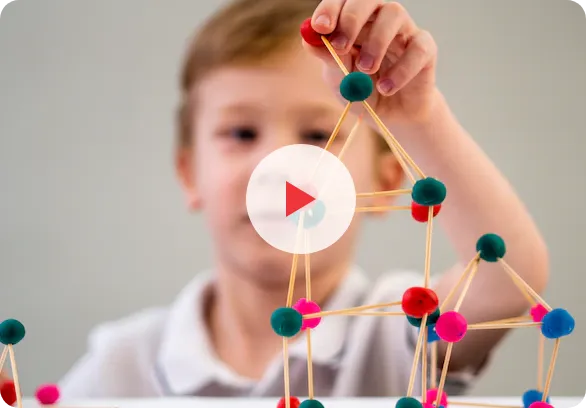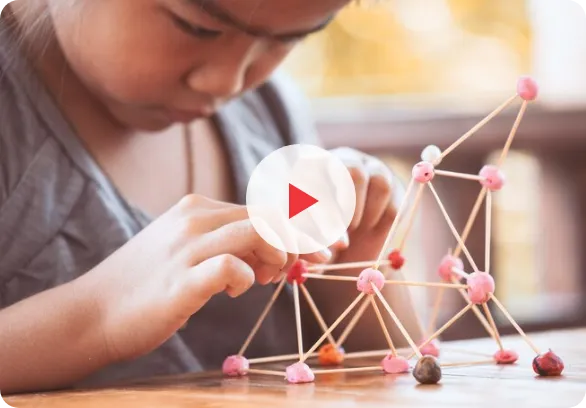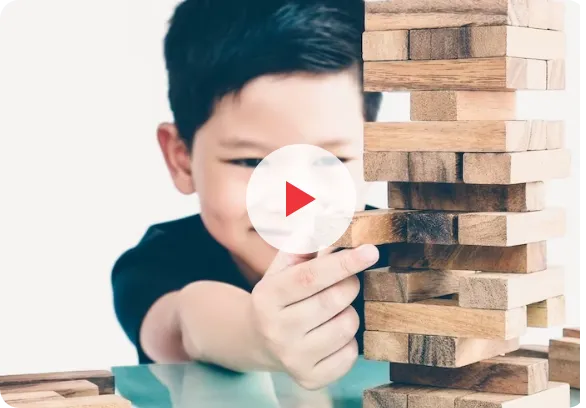
From 3 to 5 years, a child's brain development is built upon the solid foundation created in the first five years. Brains are built and grow through touch, talk, sight, and sound in early childhood experiences. This experiential learning starts long before a child steps into kindergarten and is strengthened through regular interaction and stimulation in the home and in quality early education settings.
The Science Behind Early Childhood Brain Development
Brain development in the first years of a child's life lays the groundwork for all subsequent learning and development. The care a child receives in their early years will provide the foundations for further brain development later in life.
-
The child's brain has already started developing before birth. All five senses begin to function that helps shape the brain and nervous system.
-
Between 2 to 6 months, significant 'wiring' of the brain occurs in the first years of a child's life, and the baby's brain starts developing due to the experiences and relationships they are exposed to each day.
-
Babies learn emotions through observing their parents and caregivers and how they react to various movements and sounds, such as crying, yelling, smiling, and cooing.
-
By nine months, the child's brain has already undergone a rapid growth spurt that helps form connections between what they see, hear, feel and taste.
-
Playtime and interactions with parents and family members provide essential learning opportunities for early development.
-
A baby will become more vocal from 9 to 12 months as their emotional understanding develops.
-
A child has approximately 1,000 trillion brain connections (synapses) by the age of three, the most they will ever have in their life, as these are 'pruned' in later development.
-
These early years are a rapid period of brain development that positive relationships with parents and optimal community environments for families and children can foster.
How ‘serve and return’ interaction shapes Brain Circuitry?
Adults respond to the babbling, facial expressions, and gesturing that young toddlers use to organically engage them in conversation by doing the same. The wiring of the brain is fundamentally based on this back-and-forth process, especially in the early years.
How can Toxic Stress derail your child’s healthy brain development?
The continuous stress brought on by absolute poverty, negligence, maltreatment, or severe mother depression can impair the architecture of the growing brain, with long-term repercussions for learning, behavior, and both physical and mental health in children without caring for people to act as a buffer.







